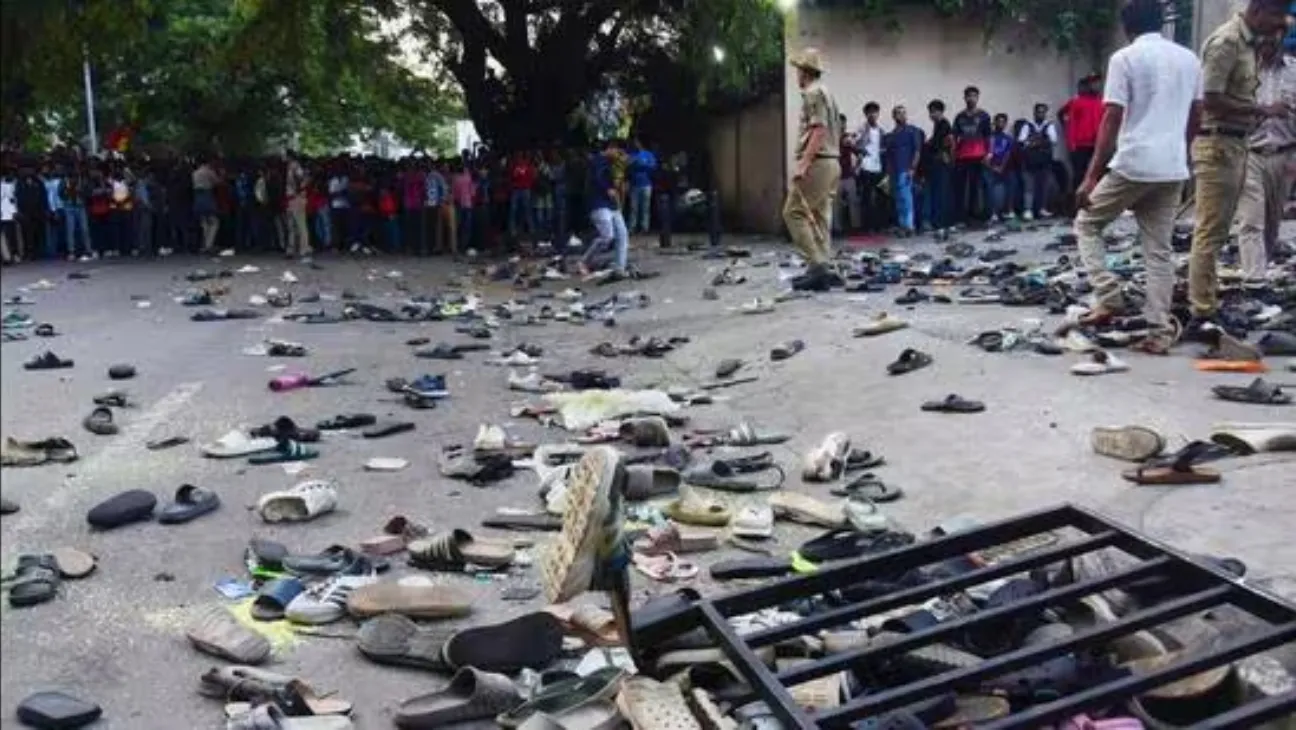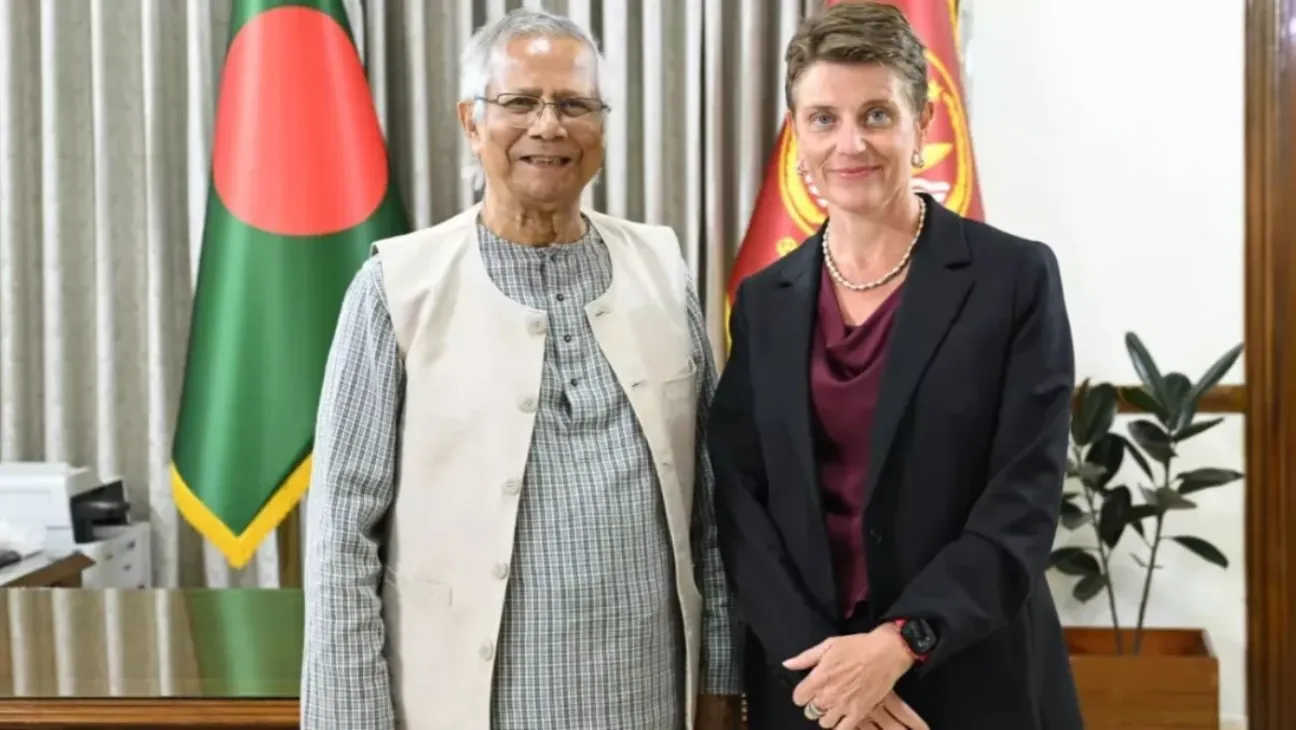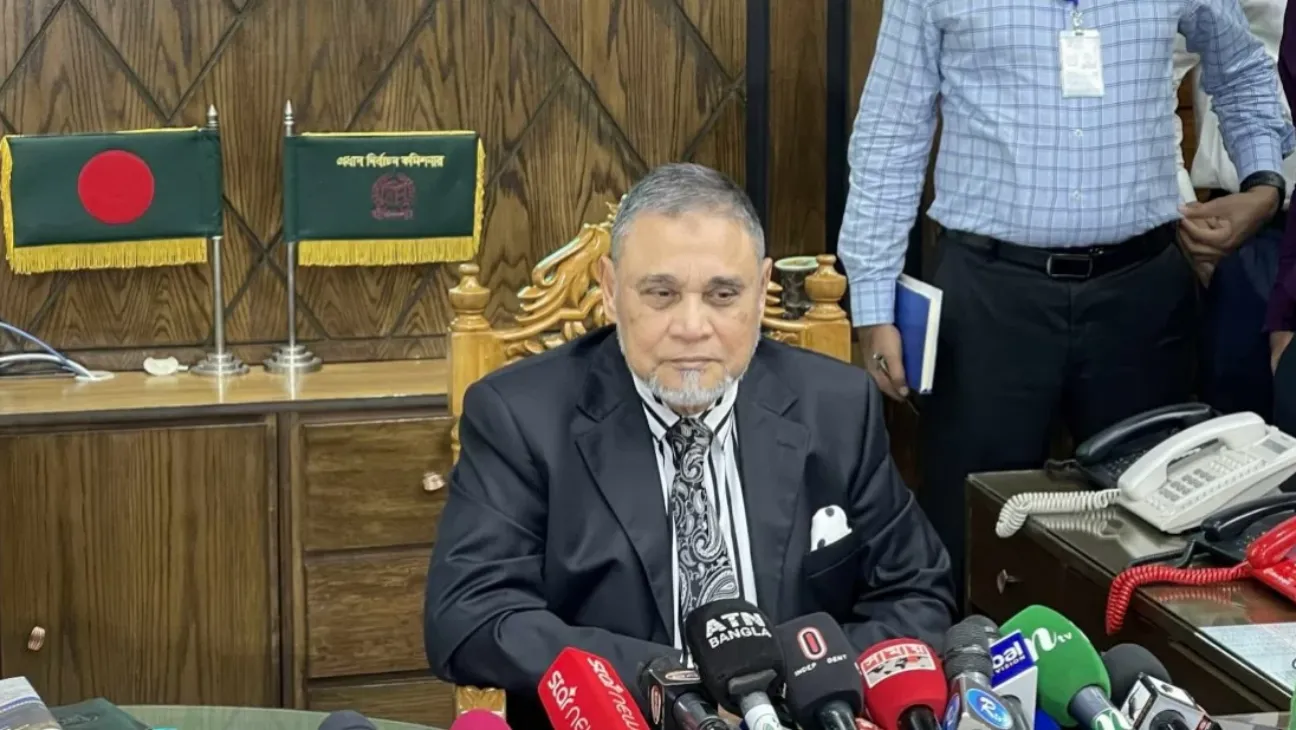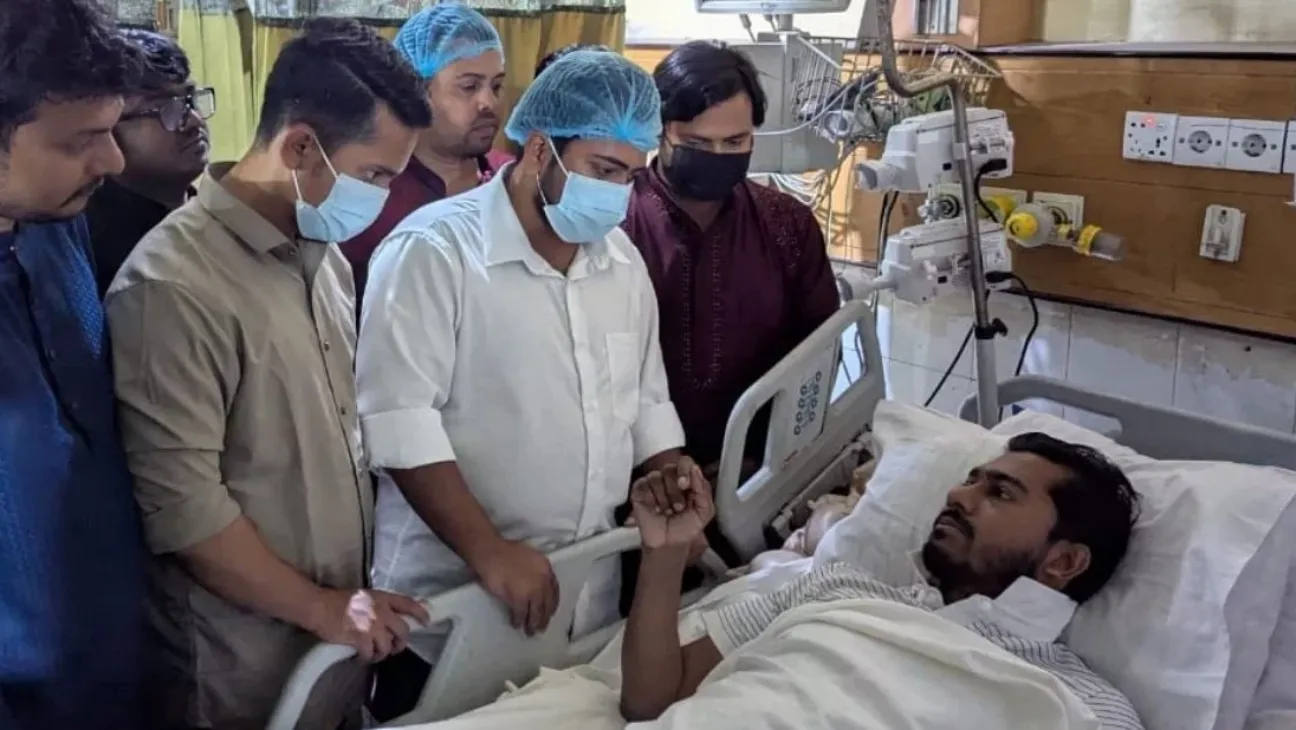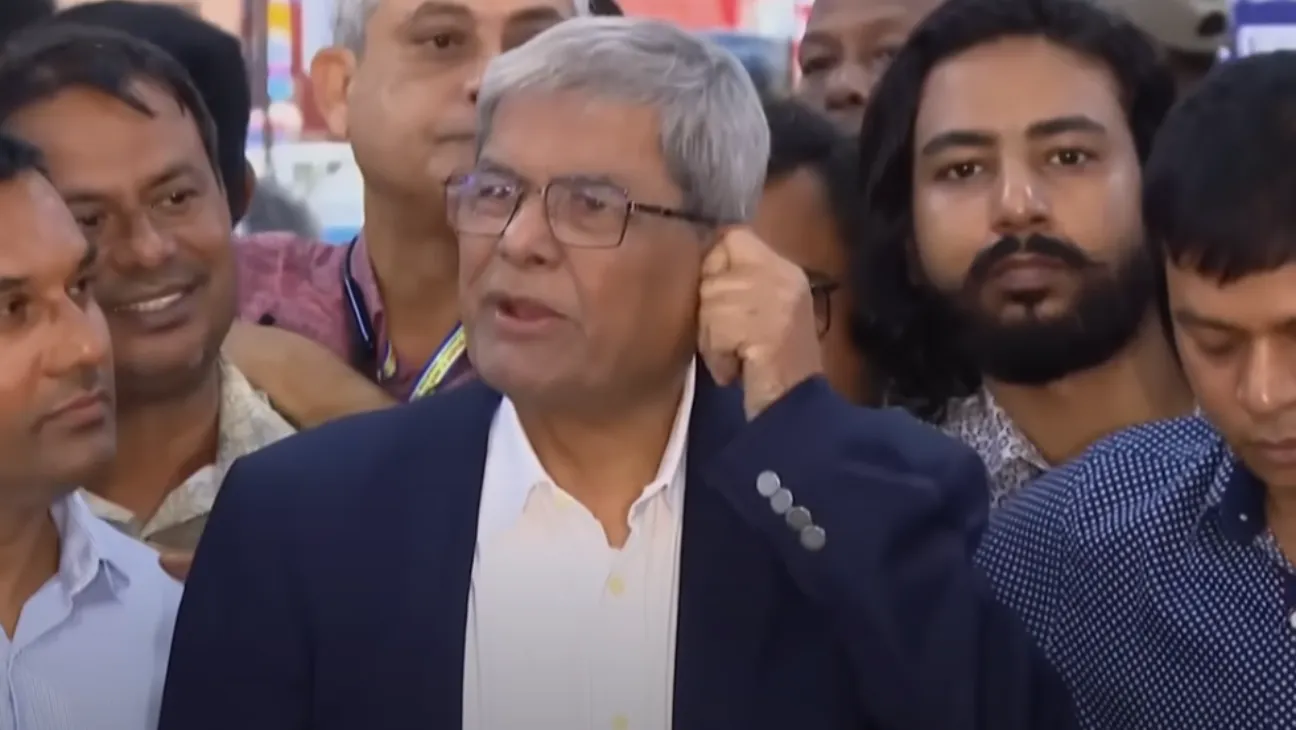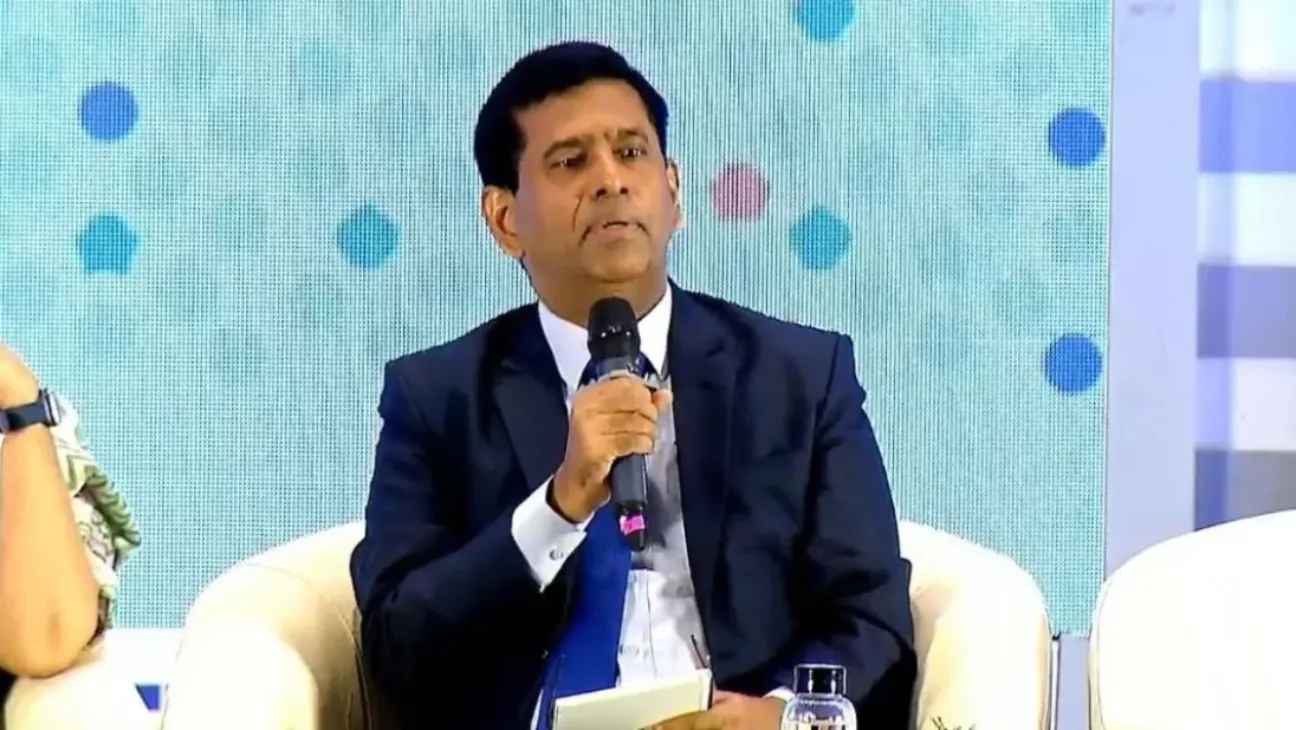A judicial commission investigating the June 4 stampede at Bengaluru’s M Chinnaswamy Stadium has concluded that the event’s organizers and senior police officials share direct responsibility for the incident that left 11 people dead and over 50 injured.
A scathing new report has found that the massive parade celebrating RCB’s IPL run was held illegally, without a single one of the required permits. Even more damning, the findings conclude that police officers knew the event was unauthorized but deliberately turned a blind eye and allowed the gathering to go forward anyway.
Justice John Michael Cunha, who led the inquiry, named three key organizers: Royal Challengers Sports Pvt. Ltd. (RCB), DNA Entertainment Networks Pvt. Ltd., and the Karnataka State Cricket Association (KSCA). All, the commission said, failed to meet basic procedural obligations for conducting a public event.
“The organisers were duty bound to obtain prior permission but failed to obtain the requisite license,” the report stated. “They also failed to follow event safety procedures.”
Senior police officers were also criticized for allowing the event despite being aware of its legal and safety deficiencies. The commission cited B Dayananda, then Commissioner of Police, along with other senior officers including Vikash Kumar Vikash, HT Shekhar, and C Balakrishna. The inquiry found that these officers acted “apparently in collusion and in nexus with the organizers.”
Crowd control failures were highlighted as the primary trigger for the stampede. The report described a situation where stadium gates were overwhelmed by large crowds following vague and last-minute social media posts by RCB. These posts invited fans but offered no clarity on entry points or crowd protocols.
As the crowds swelled outside the gates, entry was poorly managed. There were limited barricades, narrow access routes, and inadequate staff. The inquiry revealed that of the 515 police personnel assigned for duty, only 79 were posted at the gates.
Ambulances were stationed far from the stadium. No medical center or emergency response hub was set up nearby. The lack of coordination further delayed aid for injured attendees.
“All the entry and exit gates opened directly onto public footpaths. There were no holding areas or crowd dispersal plans,” the report observed. It also pointed out that the stadium’s physical layout made it unfit to safely accommodate a large, uncontrolled gathering.
The commission did not shy away from naming individuals. Legal action has been recommended against KSCA president Raghuram Bhat and other organizers. Justice Cunha’s report also advised barring future mass-gathering events at the current venue unless major safety upgrades are made.
“The absence of coordinated messaging and reliable updates prevented effective crowd management,” the report said. “That alone created the conditions for the surge.”
The investigation’s conclusion is direct: the stampede was preventable. With proper planning, appropriate security, and clear communication, lives could have been saved.
Moving forward, the commission has urged that such public events be shifted to better-equipped venues. Until then, hosting large-scale celebrations at the stadium could, in their words, pose “unacceptable risks to public safety.”

